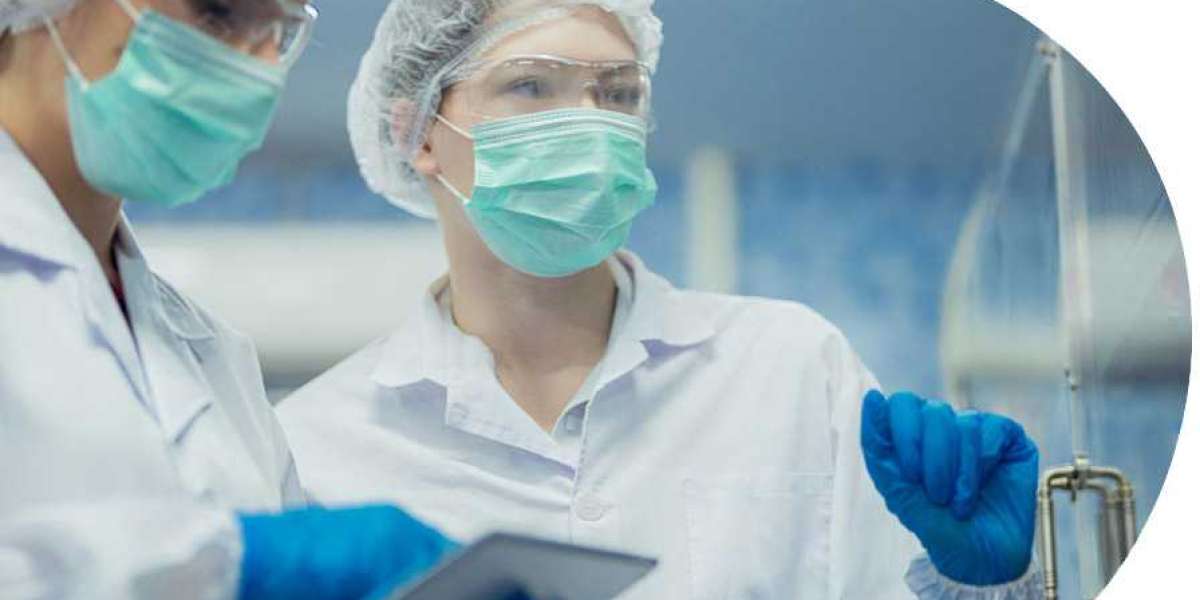In recent years, one of the most significant advancements in this field has been the clinical use of amniotic membranes. These biological grafts, derived from the innermost layer of the placenta, offer a natural and powerful way to accelerate healing in both chronic and acute wounds.
Pinnacle Transplant Technologies, a premier tissue bank based in Phoenix, Arizona, has positioned itself at the forefront of this innovation. By processing high-quality amniotic membranes and making them available to healthcare providers across the country, Pinnacle is transforming how wound care is delivered.
How Do Amniotic Membranes Work?
Amniotic membranes are rich in essential biological components like collagen, growth factors, cytokines, and extracellular matrix proteins. These elements support the body's natural healing processes, reduce inflammation, promote angiogenesis (formation of new blood vessels), and create a scaffold that aids in tissue regeneration.
Doctors often use these membranes for treating diabetic foot ulcers, pressure sores, burns, venous leg ulcers, and surgical wounds that fail to heal properly. The membranes can be applied as patches or wraps directly onto the wound bed, creating a favorable healing environment.
Unlike synthetic wound dressings or traditional skin grafts, amniotic membranes are less likely to be rejected by the body. They also have anti-microbial properties that help prevent infections, a critical advantage in managing complex wounds.
Pinnacle’s Tissue Processing Standards
Pinnacle Transplant Technologies ensures that every amniotic membrane they process adheres to stringent safety and quality standards. Their processing facilities are FDA-registered and AATB-accredited, which means they follow industry best practices in donor screening, tissue sterilization, and product storage.
All tissue donations come from thoroughly vetted tissue donors, and every graft undergoes rigorous testing before being distributed. By maintaining a transparent and ethical donor services system, Pinnacle not only supports life-saving procedures but also honors the gift of tissue donation.
Their commitment to innovation and clinical effectiveness makes Pinnacle a trusted name in regenerative wound care. The amniotic membrane grafts produced by Pinnacle retain their biological integrity and therapeutic value, giving healthcare providers reliable tools to improve patient outcomes.
The Growing Demand for Biological Grafts
With chronic wounds affecting millions of people in the U.S., the demand for advanced wound care solutions is on the rise. Amniotic membranes offer a non-invasive, effective, and biologically compatible solution to meet this demand. These membranes also reduce the need for secondary surgeries, minimize scarring, and shorten recovery times.
In particular, patients with diabetes or compromised immune systems benefit greatly from biologic wound care options. Pinnacle’s grafts have been widely adopted in hospitals, outpatient clinics, and wound care centers where their impact is measured in lives improved.
Integration with Other Graft Products
Pinnacle’s commitment to comprehensive solutions doesn’t end with amniotic membranes. They also offer other tissue-based products, including allografts, DBM, structural grafts, and cervical and lumbar spacers. This allows for a multidisciplinary approach to patient care across wound care, orthopedics, spine, and dental procedures.
Many surgeons and clinicians integrate Pinnacle’s amniotic membranes with other grafts to create a synergistic healing response. For example, combining amniotic tissues with demineralized bone in surgical settings can accelerate soft tissue and bone recovery simultaneously.
Frequently Asked Questions
Are amniotic membranes safe to use in clinical settings?
Yes. Amniotic membranes processed by trusted tissue banks like Pinnacle are safe, sterile, and rigorously tested for pathogens and contaminants.
How long does it take for wounds to heal with amniotic membranes?
While healing times vary depending on wound type and patient health, many clinicians report significantly faster recovery compared to traditional methods.
Can these membranes be used for surgical procedures?
Absolutely. Surgeons often use amniotic membranes in procedures involving plastic surgery, ophthalmology, orthopedics, and even dental surgeries to enhance healing.
What makes Pinnacle Transplant Technologies a preferred provider?
Their dedication to quality, ethical donor sourcing, and innovation in tissue processing makes Pinnacle a top choice for wound care professionals.
How does tissue donation work?
Tissue donation is facilitated through voluntary consent. Donors and their families choose to give the gift of healing, and tissue banks like Pinnacle handle the recovery, processing, and distribution of donated tissue with care and respect.
Final Thoughts
Wound healing is not just about treating injuries—it’s about restoring lives. Through the use of amniotic membranes and other biologic implants, Pinnacle Transplant Technologies is making that restoration more effective, ethical, and accessible. Their dedication to innovation, donor integrity, and clinical performance ensures that patients receive the highest quality care possible.
For more information, visit pinnacletransplant.com or call (623) 277-5400.
Address: 125 W Pinnacle Peak Rd STE 1, Phoenix, AZ 85027



